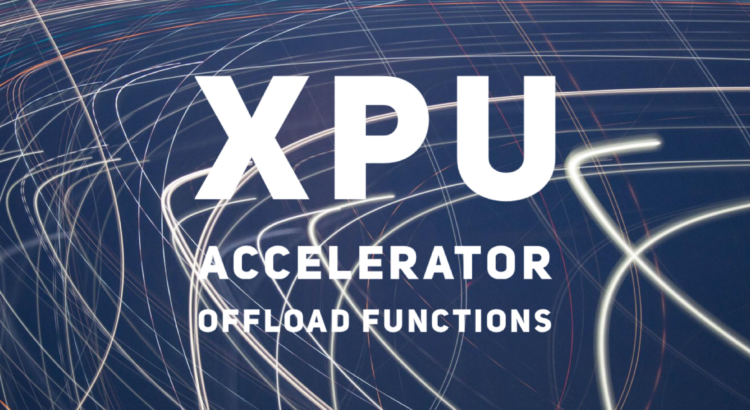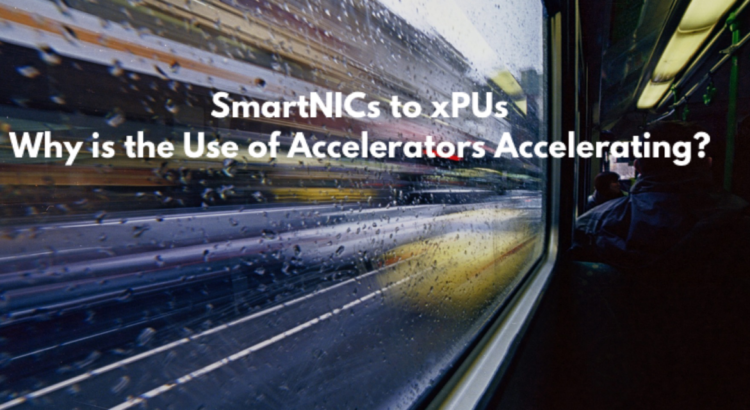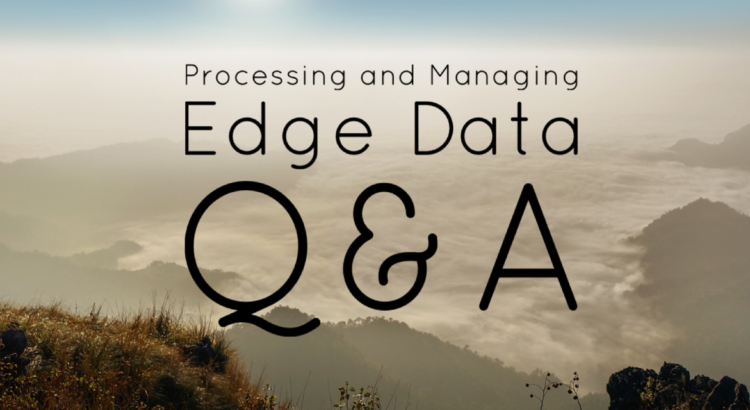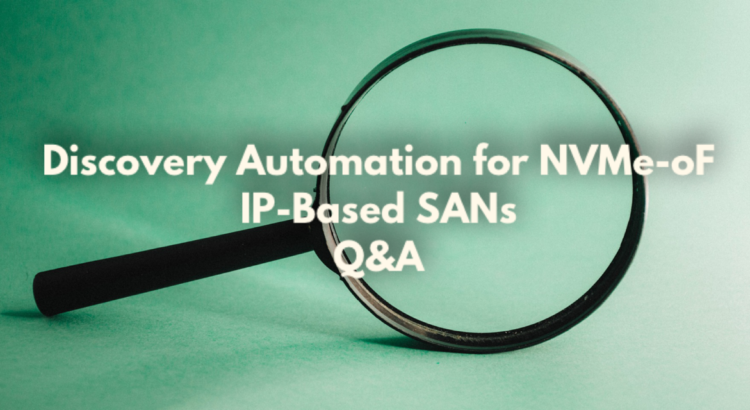As covered in our first xPU webcast “SmartNICs and xPUs: Why is the Use of Accelerators Accelerating,” we discussed the trend to deploy dedicated accelerator chips to assist or offload the main CPU. These new accelerators (xPUs) have multiple names such as SmartNIC, DPU, IPU, APU, NAPU. If you missed the presentation, I encourage you to check it out in the SNIA Educational Library where you can watch it on-demand and access the presentation slides.
This second webcast in this SNIA Networking Storage Forum xPU webcast series is “xPU Accelerator Offload Functions” where our SNIA experts will take a deeper dive into the accelerator offload functions of the xPU. We’ll discuss what problems the xPUs are coming to solve, where in the system they live, and the functions they implement, focusing on:
Read More








